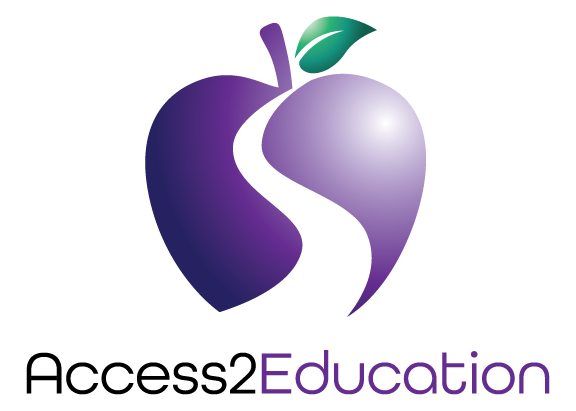Individual Education Plan - The basics
Did your child come home from the first week of school with a letter for you to complete around your child’s IEP? I year ago I wrote about this in another blog post, What you Need to Know … Individual Education in this post I take you deeper into what the plans mean. Are you not too sure what it means and what to do with it? Today I share some of the reason you get that letter, what it is important and how tips on how to connect with your students teacher around your goals for this 2019/2020 school year.
What is an IEP?
Lets start right at the beginning. What is an Individual Education Plan (IEP)? It’s a document that enables your child’s teacher and school to create a program that is unique to your child’s needs. No two children are alike, no two children need the same things, and some children just need a little extra to get to where we as teachers know they can and as a parent, I am sure, you have goals that you’d like your child to met. So what are the important things to know and understand? Keep reading to learn more.
What is an IEP and Why Should I as a Parent or Guardian Be Involved?
The Ministry of Education defines and IEP as “a written plan describing the special education program and/or services required by a particular student, based on a thorough assessment of the student's strengths and needs that affect the student's ability to learn and demonstrate learning.” (www.edu.gov.on.ca/eng/general/elemsec/speced/ontario.html). It can be for something as simple as supporting your child with focus in the classroom to as detailed as creating a curriculum based write up of what they currently know and how they will move forward. As the parent or guardian of the child on an IEP your input is invaluable to the teacher to ensure that as a team (and I believe strongly in the TEAM aspect of building an IEP) is important. Take the time to consider what your goals as the family are for the student.
Teachers are there to help support you and your family with any student but those with learning differences or challenges need a little extra consideration. Take the time to talk to your child’s teacher about what you’d like. As the parent, or guardian, you have the final say in all steps of the process. This plan is a continually changing document, in the education world we call it ‘a living’ document, it grows in new directions all the time.
3 Types of IEP’s and What They Are
There are 3 types of IEP’s.
The most common type of IEP is called an ACCOMMODATED IEP
In this type of IEP changes are made to the teaching and assessment strategies or equipment supports, that help a student learn without changing the knowledge and skills the student is expected to demonstrate. With this kind of IEP you will not see any change to the curriculum grade of your child. Things like being closer to the teacher, having a note taker, and/or use of computer to support learning are the sorts of things you’ll see.
The next most common type of IEP is called a MODIFIED IEP
In this type of IEP changes are made to the age appropriate, grade-level expectations for a subject or course, in order to meet a student’s specific needs. They often reflect a decrease in the number and complexity of expectations. So for example, if your child is in grade 6 but reading at a grade 2 level that will be reflected in the expectations for your child in reading.
The final type of IEP is called an ALTERNATIVE CURRICULUM or ALTERNATIVE PAGE
Here the expectations that are set out in the pages are meant to support things such as; social skills, toileting, speaking skills or focus and attention. Often we see this type of IEP page for those students who have been diagnosed with very specific learning needs. They can also be added to IEP for students on accommodated IEP’s who need just a little support with one area of school such as attention or organization.
Final Thoughts on IEP’s
In all of this remember that the end of the IEP is there to ensure you’re child is supported at all levels of their learning. Some children need a little help to get to their full potential. There used to be a stigma around students on IEP’s, that they would never amount to anything, that it pigeons them to some degree and they can never achieve a higher goal. I am here to help defunct this! Sure there are situations where we need to think about how this will affect the child’s future, but was also need to ensure that the supports are put in place to support them.
It is so important for parents and teachers to work together to ensure that no one gets left behind and all children reach their potential in all aspects of their educational journey.
Remember ask questions, seek support and never forget to advocate for you child’s needs!











June can be a scary time of year for those who struggle with transitions. Looking at BIG T Transitions and little t transition can help you build a transition to ensures the success of your child.